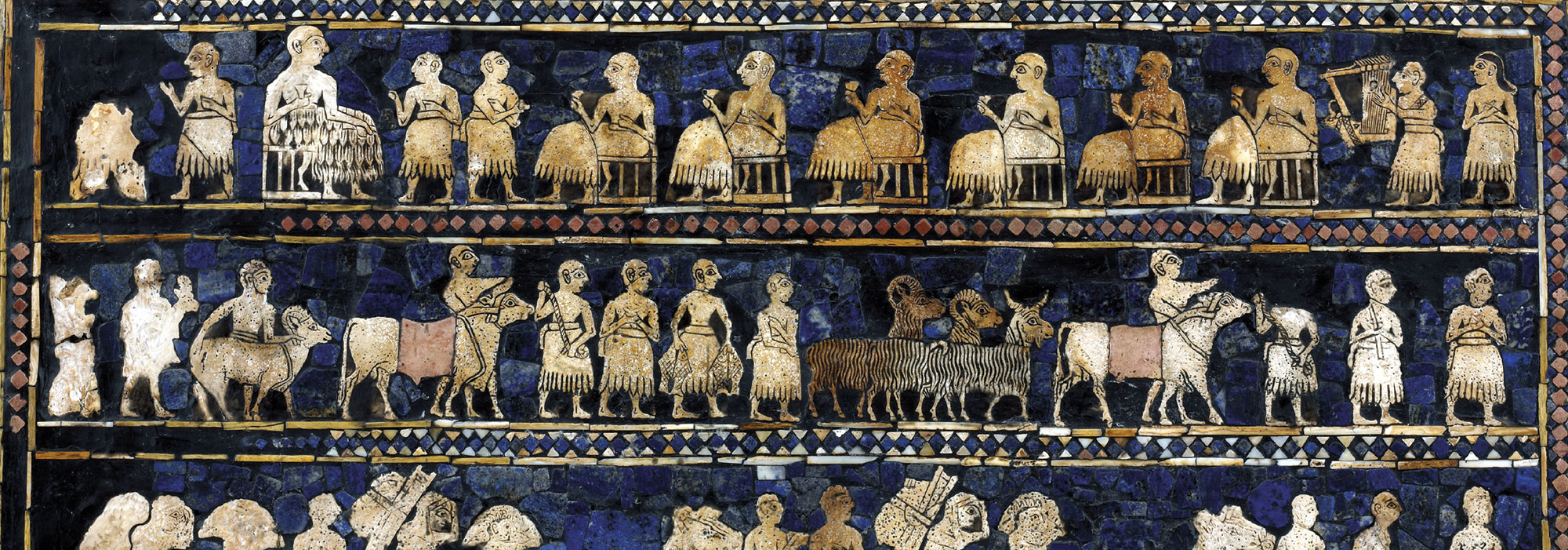HAYAMA, JAPAN—The Asahi Shimbun reports that Jun Gojobori of the Graduate University for Advanced Studies and his colleagues analyzed mitochondrial DNA from Minatogawa 1, the 20,000-year-old remains of a man unearthed on the main island of Okinawa in the 1970s. The study suggests that the Minatogawa individual was an ancestor of Japan’s Jomon (14500 B.C.–1000 B.C.) and Yayoi (1000 B.C.–A.D. 250) peoples. No direct descendants of Minatogawa 1 were found in a genetic study of 2,000 modern individuals, but the researchers noted that his DNA is a genetic type ancestral to commonly found DNA sequences. “Our study found a likely genetic continuity among the human populations of the Japanese islands all the way from the Paleolithic age down to the present day,” Gojobori said. “We hope to study the bones of more Paleolithic people to better understand the origins of the Japanese.” To read about resistance to rice taxes in Tokugawa era Japan, go to "Ancient Tax Time: Rice Farmer Rebellions."
Paleolithic Remains Uncovered in Japan Undergo DNA Analysis
News July 5, 2021
SHARE:
Recommended Articles

(AdobeStock)
Digs & Discoveries March/April 2023
Closely Knit

(Courtesy Sharon Clough/Cotswold Archaeology)
Digs & Discoveries January/February 2023
Farmers and Foragers
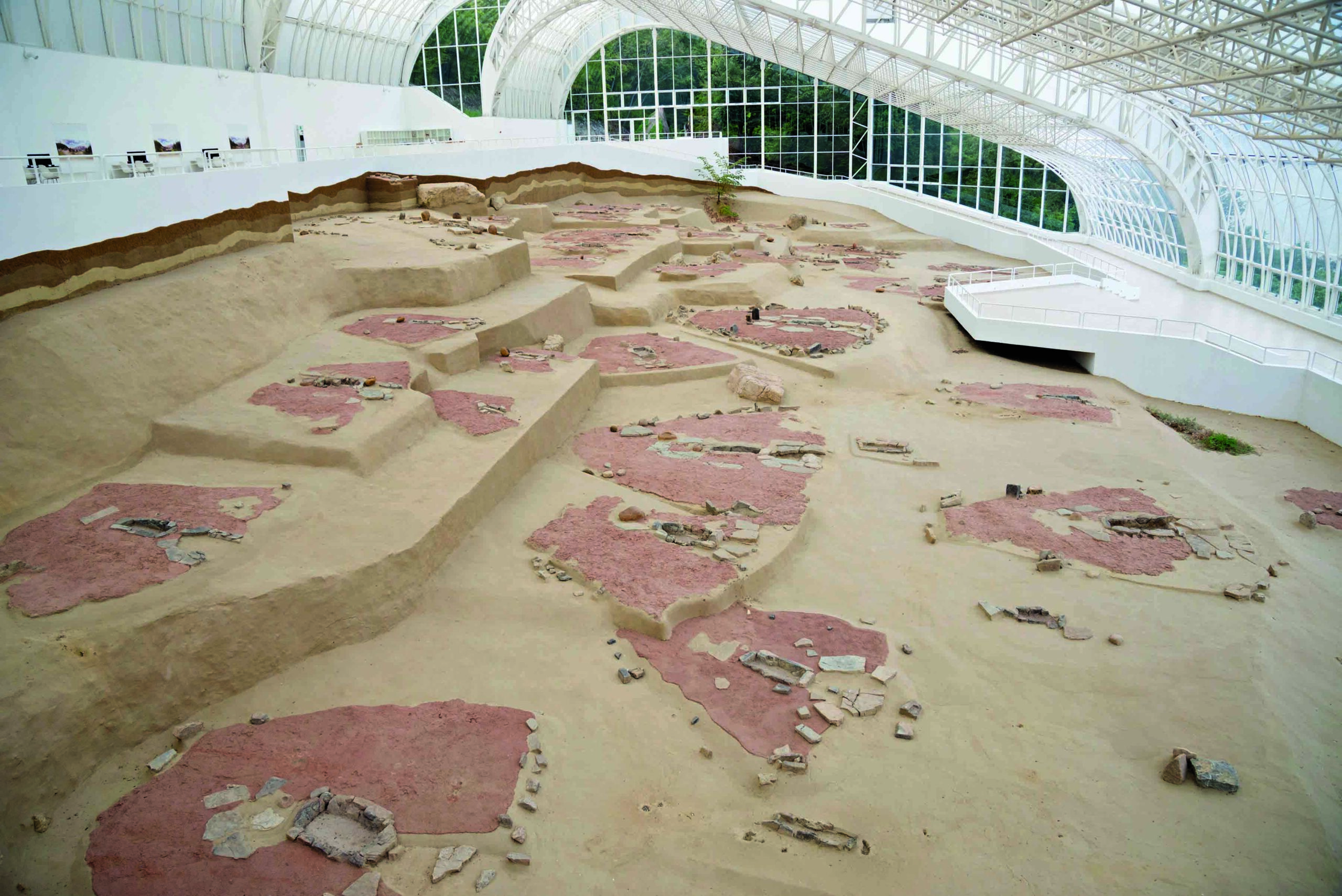
Rediscovering Egypt's Golden Dynasty September/October 2022
Who Was Tut’s Mother?
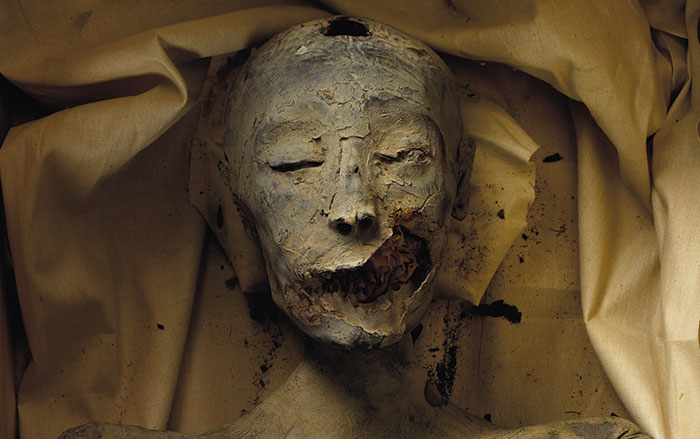
(Ken Garrett)
-
Features May/June 2021
Last Stand of the Hunter-Gatherers?
The 11,000-year-old stone circles of Göbekli Tepe in modern Turkey may have been monuments to a vanishing way of life
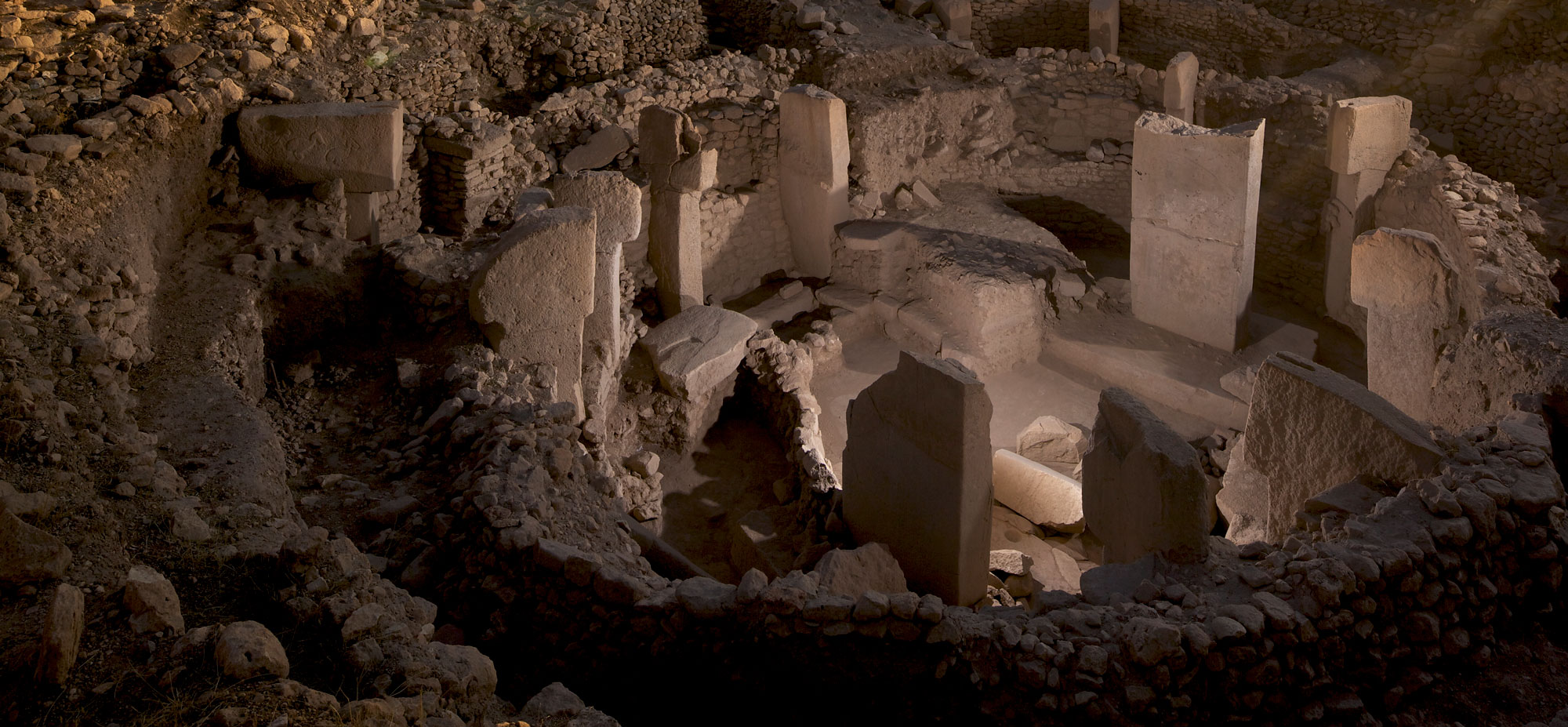 (Vincent J. Musi)
(Vincent J. Musi) -
Letter from Australia May/June 2021
Where the World Was Born
Newly discovered rock art panels depict how ancient Aboriginal ancestors envisioned climate change and creation
 (Courtesy Paul Tacon)
(Courtesy Paul Tacon) -
Artifacts May/June 2021
Magdalenian Wind Instrument
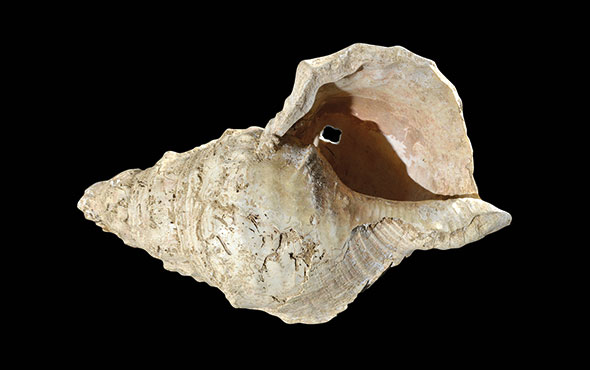 (Courtesy Carole Fritz et al. 2021/CNRS – the French National Centre for Scientific Research)
(Courtesy Carole Fritz et al. 2021/CNRS – the French National Centre for Scientific Research) -
Digs & Discoveries May/June 2021
You Are How You Cook
 (loraks/iStock)
(loraks/iStock)


